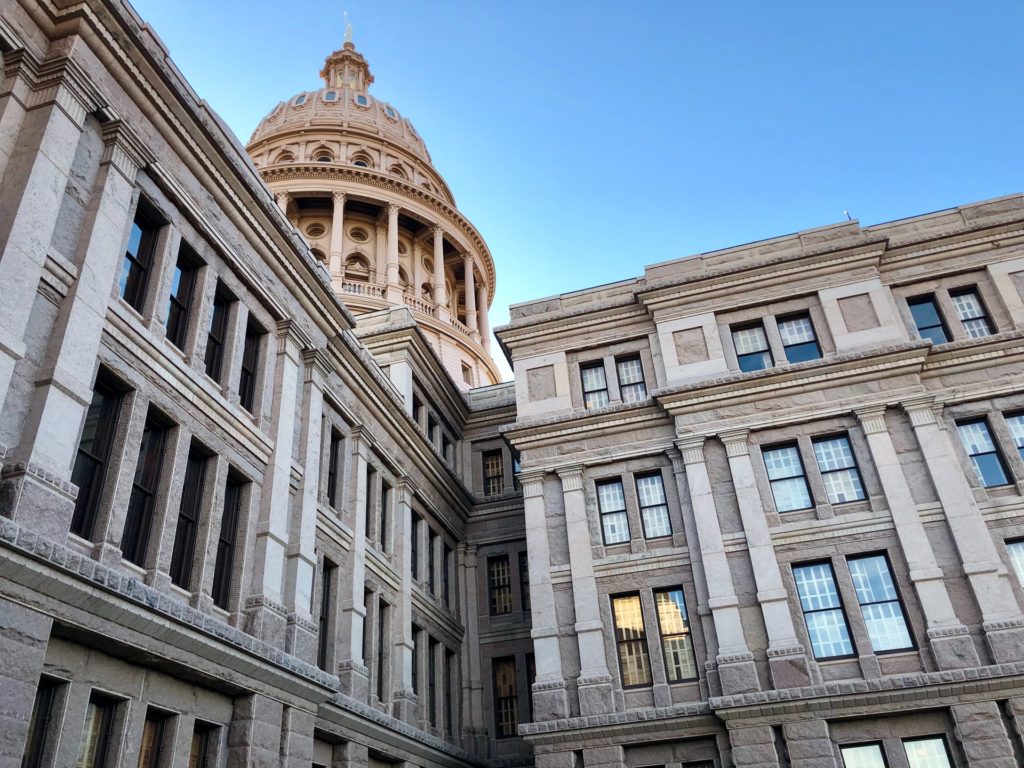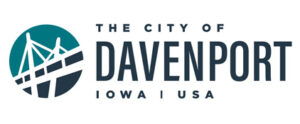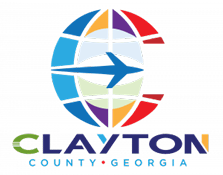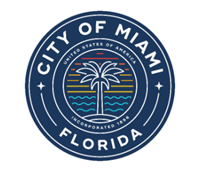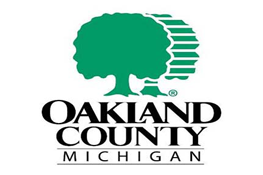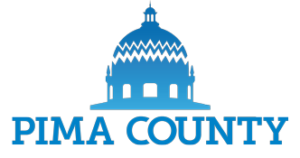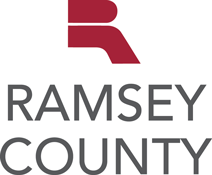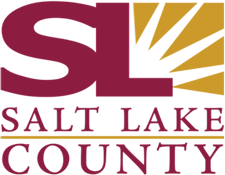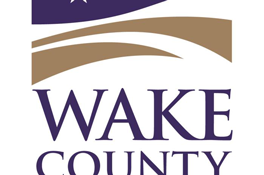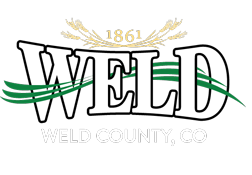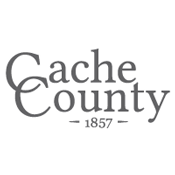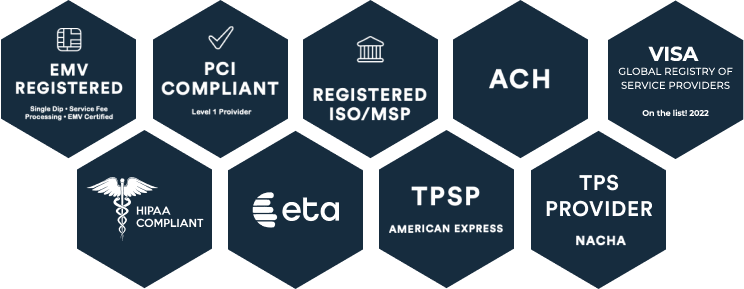Government organizations have a singular focus—providing exceptional service and support for citizens. Regarding financial transactions, citizens deserve to be informed from start to finish. Occasionally, that includes debt collection systems.
While government organizations rely on property liens over debt collection practices, it’s important to be informed on how the new debt collection laws of 2022 can potentially affect your local businesses and citizens.
CORE wants to help government agencies untangle this complex situation and give clarification on the changes.
- New Debt Collection Laws of 2022
- Why Government Agencies Want to Avoid Debt Collection Methods
- How to Help Your Citizens Make Payments On Time
For Your Information: New Debt Collection Laws of 2022
Government agencies understand the importance of remaining compliant in all processes, including debt collection. Staying in the loop regarding these new laws can provide additional visibility into the collection process. This level of transparency allows you to know how agencies are collecting on the debt owed by your citizens to your local businesses.
This article includes a summary of 2022’s new debt collection laws and insight into why it’s much better to collect payments before they reach the default stage.
If you’d like further knowledge, read through the entirety of the current debt collection laws. It’s also important to note that some of these laws vary by state.
Federal Fair Debt Collection Practices Act
One of the most significant changes in 2022 to the debt collection laws was a new rule intended to clarify and expand upon the Federal Fair Debt Collection Practices Act. This recently instituted rule complicates collection activities for debt collectors.
Here are the changes that come with this rule.
Limited Content Messages
Collectors must leave “limited content messages,” meaning they must provide at least some information about the debt owed when they contact the debtor.
Call Frequency Limitations
There are new limitations on the frequency debt collectors can call debtors. They’re not allowed to call more often than seven times per week. If collectors contact the debtor and discuss the debt, they must wait another seven days before calling again.
Call Time Restrictions
Collectors must not call a person about a debt before 8:00 AM or after 9:00 PM in that person’s time zone.
Itemization Date Requirement
Debt collectors must now provide the debtor with an itemized list of their account balance beginning from one of five itemization dates. These dates include the following:
- The initial date of the purchase
- The date of the last payment made
- The final account statement date the creditor provided
- The charged-off date of the account
- The judgment date
Mandatory Validation Period
All debt collectors must provide the debtor with a validation period of 30 days. That means the debtor has 30 days to respond to the collection request. During that time, the person can request validation of the debt or dispute it. The collector must also provide five additional days beyond the 30 days to account for the time it takes to deliver the notice.
Debt Identification Assistance
Collectors must provide information that helps the debtor identify the debt. The data might include the name and address of the debt collection company, the account number associated with the debt, the current amount of the debt, and more.
Statute of Limitations and Time-Barred Debts
If the statute of limitations has run out on a debt, the collector cannot threaten or pursue the debtor with a lawsuit. Note the statute of limitations regarding debts differs by state.
Retention of Records
All debt collectors must keep records of their interactions with the debtor and documentation on the debt. Record keeping provides evidence of compliance with the new laws and regulations. These records must begin the day the collector starts collections activity on the debt and ends three years after their last activity involving the debtor.
Why Government Agencies Want to Avoid Debt Collection Methods
The goal of a government organization is to serve and assist its citizens while building trusting relationships. However, having to turn to liens weakens this trust.
Some of the significant downsides of debt collection and liens for citizens include (but are not limited to):
- Negative marks on credit report
- Potential for experiencing legal action
- Fear of losing property
Other downsides to the citizen and your local government include:
- Lower trust in local government
- Lack of seeking access to government services
- Less engagement in civic activity
Ultimately, making payments on time benefits everyone involved, but how can governments reduce the risk of non or default payments?
How to Help Your Citizens Make Payments On-Time
Being aware of new changes to debt collection laws helps ensure your local businesses are compliant and your citizens are protected.
Additionally, government organizations should be less interested in increasing debt collection efforts (like liens). Instead, they should be more interested in helping citizens make timely payments.
Your citizens are used to flexible and convenient payment options for making payments. To help consumers pay on time, businesses are relying more on multiple payment channels and streamlining digital payment platforms, and so should you. These include:
Implementing these options for government payments means more convenience for your citizens, which makes them more likely to pay on time. A holistic payment processing system also streamlines internal operations for your organization by eliminating errors and wasted time.
Increase On-Time Payments and Avoid Relying on Debt Collection Methods
Finding the right digital payment platform for government organizations can be a challenge. You don’t need a one-size-fits-all solution. You need a robust, secure, professional payment platform that can handle the entire billing/payment pipeline. CORE is an all-in-one, end-to-end payment and billing solution that ticks all the boxes.
Our platform is robust and convenient enough to help you encourage on-time payments from citizens. You can read about how we did that with Washington County, UT, which was able to increase its online payments by 45%. This initiative created greater flexibility for the citizens of Washington County, and many of those citizens opted into the automatic payment system.
Grand County, UT, saw an increase of 10 times the original amount of online payments after implementing CORE. The county grew from 200 online payments a year to over 2,000.



